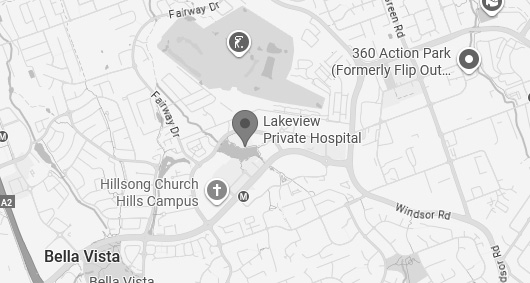
What is the Meniscus?
The medial and lateral menisci form part of the knee, the largest and most complex joint in the body. The knee’s role in movement and carrying the body weight in horizontal (walking and running) and vertical (climbing and jumping) directions is essential.
The menisci are two crescent shaped pads of specialised fibrocartilage tissue that partly protect the articular cartilage of the femur and tibia from impact and shear forces. They are attached at each end and widen towards the centre. The menisci play a role in the stability of the knee, reducing wear on the articular surfaces of the joint and shock absorption. Blood flow to the menisci is peripheral and decreases with age. This leads to very poor rates of healing, especially in adults, when the meniscus is damaged. A meniscus may be damaged or torn when the knee is forcefully rotated or bent.
What causes a Meniscal tear
A torn meniscus is one of the most common knee injuries. Any activity that causes you to forcefully twist or rotate your knee, especially when under weight bearing load can lead to a torn meniscus. A sudden pivot or turn, deep squatting, or heavy lifting can lead to injury.
Acute or traumatic meniscal tears are a common injury among athletes, and sports that require sudden turns, jumps, pivots and stops, are high risk . Meniscal tears can occur in conjuction with other knee injuries such as an ACL rupture.
Degenerative tears can occur as the meniscus weakens and becomes more fragile with age. Simple movements like squatting or stepping can lead to injury. Sometimes very little trauma is required for injury. Patients with osteoarthritis can be at a higher risk of meniscal tears.
Symptoms and signs
- Severe, intermittent sharp pain localised to one side of the joint is can be experienced when a meniscus is injured, particularly when trying to straighten, bend or twist the knee. However it is possible to have no pain and the injury only becomes evident as a result of swelling and restricted knee movement. Examination will show pain and tenderness along the joint line.
- Swelling usually occurs within the first 24 hours resulting in discomfort and restriction of movement. It may not be possible to fully weight bear or comfortably bend or straighten the knee.
- There is often loss of full range of motion and the patient may experience a clicking or catching sensation. This results from part of the tear catching between the articular surfaces of the tibia and femur blocking full extension of the knee. Occassionally the knee may become locked with the joint stuck in flexion and patient unable to fully straighten the knee. Arthroscopic surgery is required to unlock the knee and stabilise the meniscus.
Diagnosis and treatment
Careful examination and a history of injury usually determines if the meniscus is torn. MRI scans are very accurate in visualising meniscal tears.
If the meniscus is stable and the patient’s symptoms have settled no treatment or intervention may be required. Physiotherapy may be useful to help regain strength and function.
Unstable or symtomatic meniscal tears can be treated with arthroscopy and removal or repair of the damaged part of the meniscus. The torn, non-functioning meniscal fragment is resected or in some cases repaired using sutures to restore normal function. Every effort is made to preserve as much of the meniscus as possible. Arthroscopic surgery would be followed by physiotherapy to strengthen the knee and regain function to get patients back to the activities of daily living and sport.
Arthroscopy of the knee is a safe and effective procedure. The results of arthroscopic surgery are usually better than open forms of surgery. Complications are uncommon. Remember that every knee is unique, and recovery time and the results of the procedure reflect that uniqueness. Not all knees can be made better as there may be some damage that cannot be reversed.
In some cases where the meniscal tear is extensive and a large meniscal fragment is damaged and removed a patient may have an increased risk of developing osteoarthritis of the knee in the long term.


